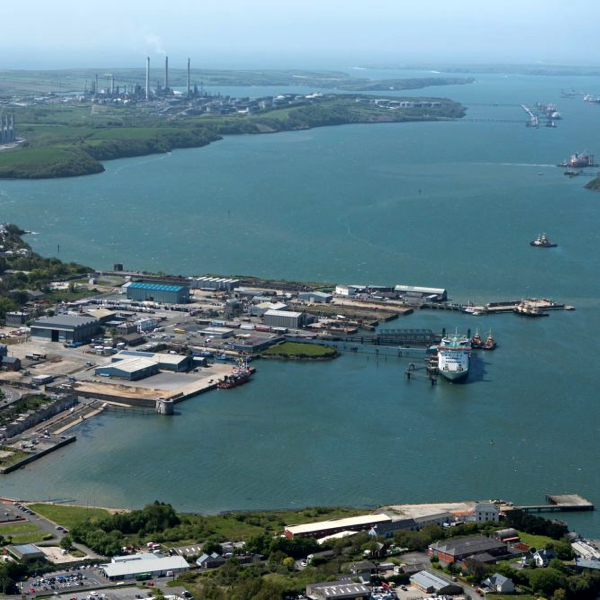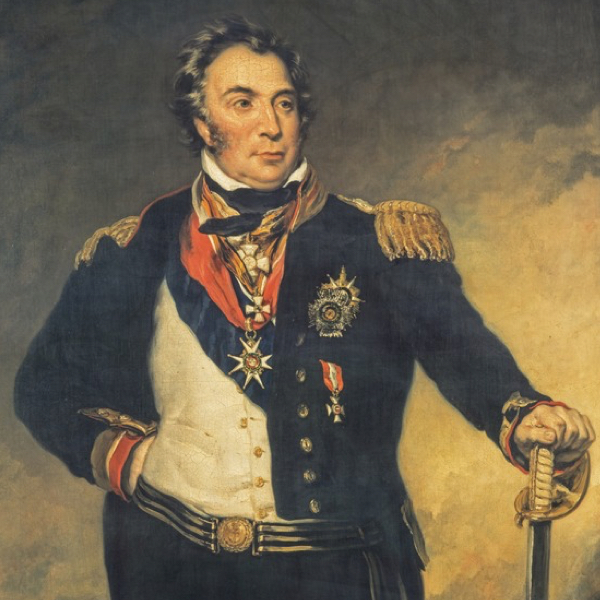People associated with shipbuilding, aviation, military history, and modern developments
Pembroke Dock, while historically known for its naval and military contributions, has also been home to notable achievements, records, and individuals that have left a lasting impact. Here Haush is creating a detailed account of significant accomplishments and prominent people associated with Pembroke Dock, spanning shipbuilding, aviation, military history, and modern developments.
Notable Achievements and Records
Shipbuilding and Maritime Contributions

Pembroke Dock’s naval dockyard was one of the most important shipbuilding sites in Britain during the 19th and early 20th centuries. Several landmark vessels were built here, with the dockyard gaining recognition for its role in advancing naval engineering.
-
HMS Warrior (1860):
One of Pembroke Dock’s most famous ships, HMS Warrior was the Royal Navy’s first iron-hulled, armoured warship, representing a significant leap in naval technology. Though Warrior was ultimately built at another yard due to time constraints, Pembroke Dock was deeply involved in the shift toward ironclad warships during this era.
-
HMS Duke of Wellington (1852):
Built at Pembroke Dock, this was the largest and most powerful warship in the world at the time of its launch. It showcased the yard’s capability to construct large, state-of-the-art naval vessels.
-
Over 260 Ships Built:
Between 1814 and 1926, more than 260 vessels were constructed at Pembroke Dock, including frigates, battleships, and ironclads. The yard was at the cutting edge of naval shipbuilding technology during its peak, contributing to Britain’s dominance at sea.
Aviation and Flying Boats
During the 20th century, Pembroke Dock became a critical centre for aviation, particularly for its role in operating and maintaining flying boats during and after World War II.
-
Sunderland Flying Boats:
Pembroke Dock was the largest operational base for the Short Sunderland flying boats during World War II. These aircraft were essential in the Battle of the Atlantic, patrolling for German U-boats and protecting Allied convoys. The base’s involvement in the maintenance, assembly, and deployment of these flying boats earned it an important place in aviation history.
-
World Record for Largest Flying Boat Base:
During WWII, Pembroke Dock held the record for the world’s largest flying boat base. With its unique location and vast infrastructure, the base played a key role in maintaining a constant aerial patrol presence over the Atlantic.
Notable People Associated with Pembroke Dock

Admiral Sir Charles Napier (1786–1860)
Admiral Sir Charles Napier was a distinguished Royal Navy officer who served in various key naval conflicts during the 19th century, including the Napoleonic Wars and the Crimean War. Though he was not born in Pembroke Dock, Napier’s career was closely associated with the Royal Navy at the time when Pembroke Dock was a key shipbuilding site which built the HMS Duke of Wellington, which served as his flagship throughout the Baltic campaign of 1854 and returned to the Baltic the following year as the flagship of Napier’s successor in the command, Rear-Admiral Richard Saunders Dundas.
Captain John Hayes (1775–1850)
Captain John Hayes was the first captain-superintendent of Pembroke Dockyard, playing a crucial role in its establishment in 1814. He oversaw the early development of the dockyard, ensuring it became a key site for Royal Navy shipbuilding. Hayes had previously been involved in the Royal Navy’s battles during the Napoleonic Wars and brought his experience to bear on the dockyard’s operations.
Sir William Symonds (1782–1856)
Sir William Symonds, a renowned naval architect, was closely associated with Pembroke Dock. As Surveyor of the Navy, he introduced several innovative ship designs that were built at Pembroke Dockyard. Symonds played a key role in the transition from traditional wooden warships to more modern, iron-reinforced vessels, helping make Pembroke Dock a leader in shipbuilding innovation.
Admiral Sir Alexander Ball (1757–1809)
Although Admiral Sir Alexander Ball died before Pembroke Dock was officially established, his work as a Royal Navy officer during the late 18th and early 19th centuries set the stage for the Navy’s increasing reliance on shipyards like Pembroke Dock. Ball’s legacy as a key figure in the Mediterranean naval campaigns of the Napoleonic Wars underscores the strategic importance of naval developments that later involved Pembroke Dock.
John “Jack” Llewellyn (1913–2013)
John Llewellyn was one of Pembroke Dock’s longest-living residents and had a direct connection to the flying boat era. He worked at the flying boat base during World War II and was involved in the operations of the Short Sunderland flying boats. Llewellyn later became a local historian, preserving Pembroke Dock’s rich aviation and maritime history through his writing and personal accounts.
Dame Margaret Price (1941–2011)
Dame Margaret Price, born in Blackwood but later closely associated with Pembrokeshire, was a world-renowned Welsh operatic soprano. While not directly linked to Pembroke Dock’s industrial or military history, she contributed significantly to Welsh culture, enhancing Pembroke Dock’s broader cultural significance.
Mike Beckingham (b. 1983)
A more contemporary figure, Mike Beckingham is a Pembroke Dock native and a British actor. He has gained recognition for his roles in independent films, including Redwood and Black Site, and has helped bring attention to the area’s modern cultural scene.
Military Heroes and War-Time Contributions
Many unsung heroes of Pembroke Dock served with distinction during wartime, both in the Royal Navy and in aviation roles.
-
RAF Servicemen in World War II:
Numerous individuals from Pembroke Dock served in the Royal Air Force during World War II, particularly in operations related to the Sunderland flying boats. Their work in anti-submarine warfare contributed to the success of the Battle of the Atlantic, a crucial campaign for the Allied victory.
-
Civilian Contributions During Wartime:
Workers at Pembroke Dock’s shipyards and aviation facilities were instrumental in keeping the British military supplied with ships and aircraft during both world wars. Many Pembroke Dock civilians worked under difficult conditions to ensure that vessels and flying boats were repaired and ready for combat.
Cultural and Historical Legacy
Pembroke Dock’s history is also preserved through the efforts of historians, organisations, and local communities that celebrate its past. The Pembroke Dock Heritage Centre, established in the old Royal Dockyard chapel, plays a key role in this, preserving the history of the dockyard, the flying boats, and Pembroke Dock’s military legacy.
-
Bill Hodges (1929–2018)
Bill Hodges was a key figure in preserving the history of Pembroke Dock, particularly its aviation heritage. As a former RAF airman and a passionate historian, Hodges was instrumental in the establishment of the Pembroke Dock Sunderland Trust, which operates the Heritage Centre. His efforts ensured that the town’s significant contributions to both World Wars and post-war aviation were not forgotten.
Pembroke Dock has been home to a wide array of notable achievements, from its pioneering shipbuilding days to its role in World War II aviation, and more recently, its leadership in green energy initiatives. It has also been associated with key figures in naval and military history, engineering innovation, and local culture. The town’s contributions have shaped its legacy as a centre of technological progress, military strength, and community resilience, making it a site of national importance in the UK.
The post Pembroke Dock History, People and Achievements first appeared on Haush.
